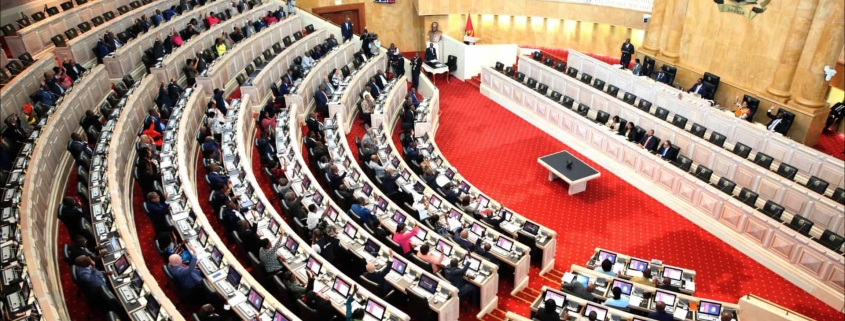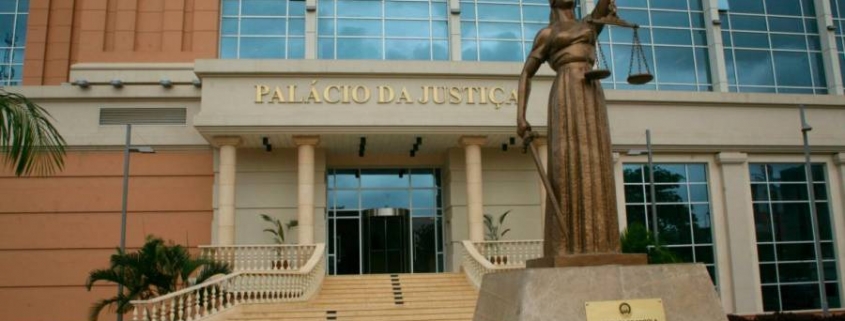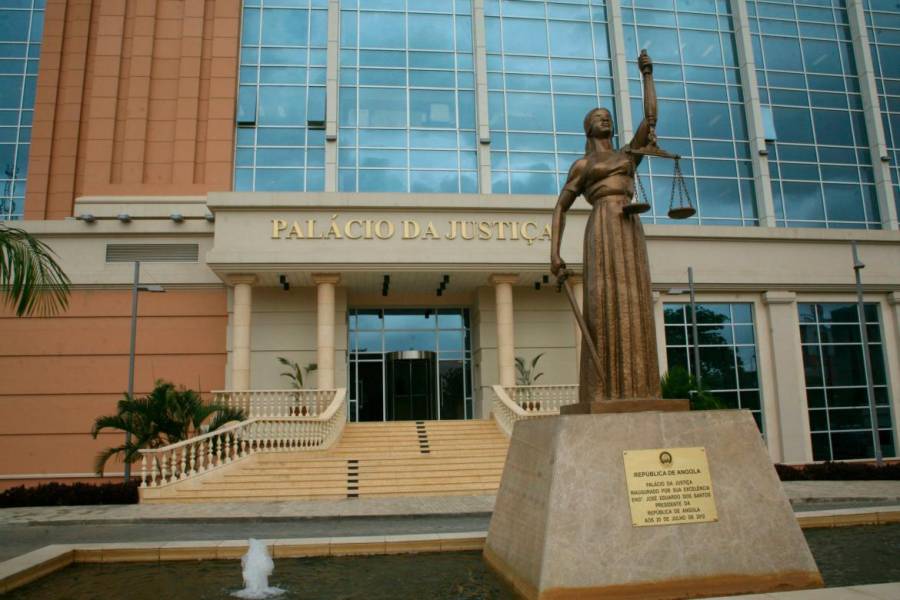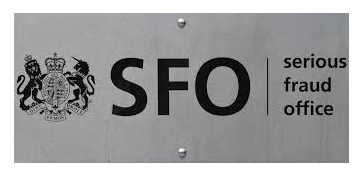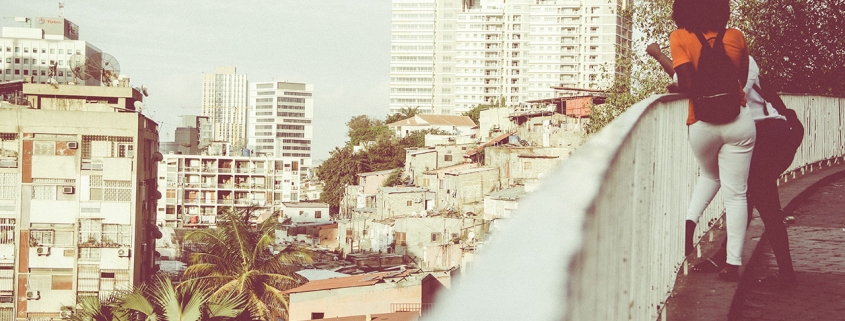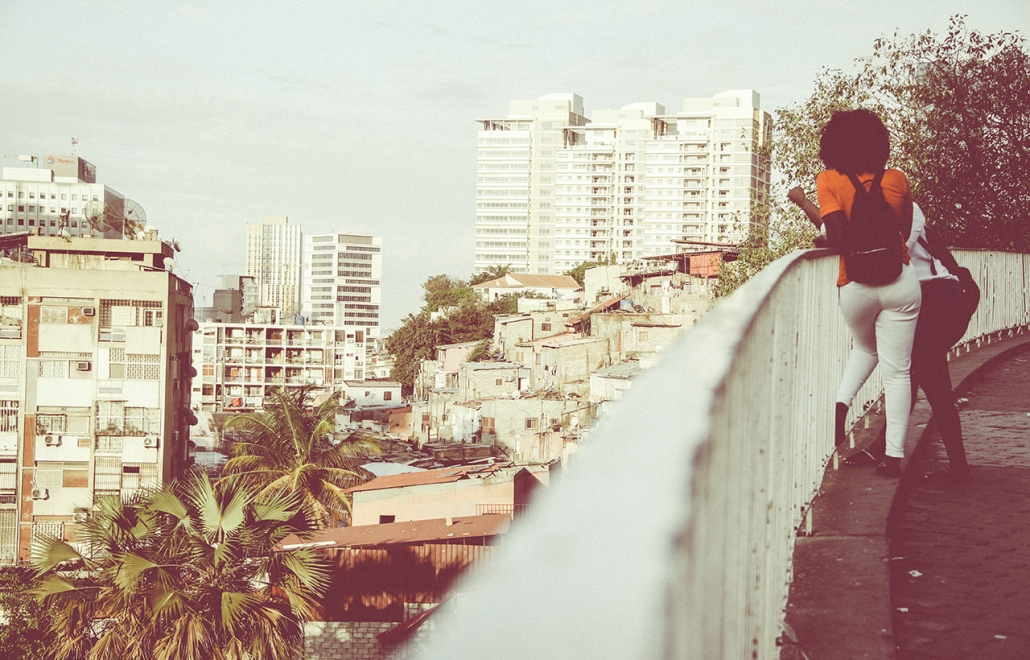Theories of electoral fraud, legislation and public scrutiny in Angola
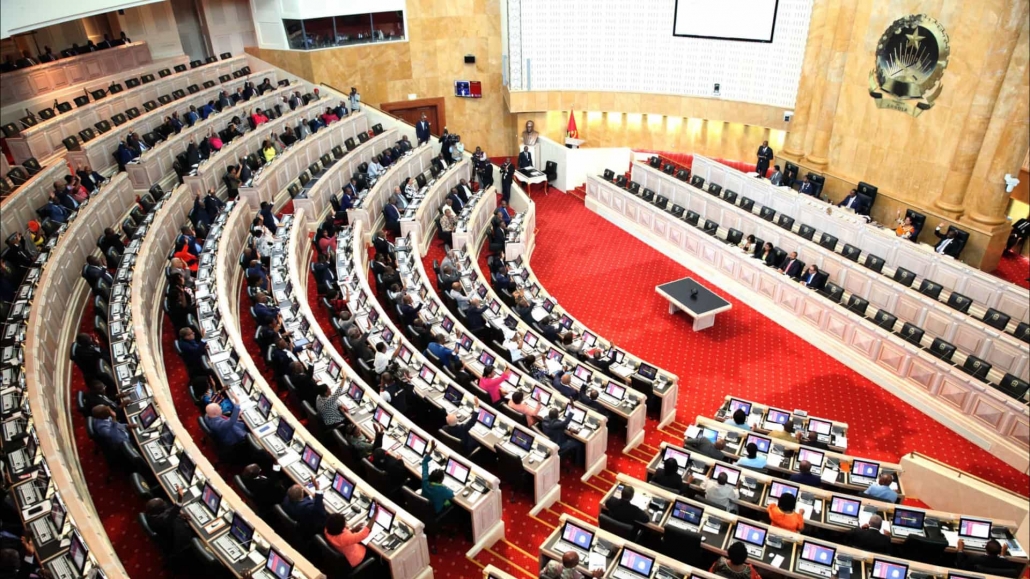
The images of electoral fraud in Angola
The starting point for this study is the statement of a renowned researcher during the II International Congress of Angolanistics according to whom the “next elections in Angola should be the least transparent and credible.”[1]
It is recalled that Angola had its first elections in 1992, after which there was a resurgence of the civil war that ended in 2002, and it only held elections again in 2008, followed by electoral acts in 2012 and 2017, so far, four electoral processes in Angola.
The next elections are scheduled for August 24, 2022.
In all the elections whose count has reached the end, the MPLA, the party in government since independence in 1975, won with the following results: 1992- 53.74%; 2008- 81.76%; 2012-71.84%; 2017- 61.05%.
Table no. 1- Winner of the elections in Angola (1992-2017)
| 1992 | MPLA | 53,74% |
| 2008 | MPLA | 81,76% |
| 2012 | MPLA | 71,84% |
| 2017 | MPLA | 61,05% |
Interestingly, in every election, even in 1992[2], which had wide international coverage and had over 400 foreign observers, the main opposition party alleged fraud.
In 1992, these allegations resulted in renewed civil war and undisguised massacre and violence. In fact, the resolution of the dispute only took place with the death of the opposition leader and the end of the war in 2002. In the other elections, there was final acceptance of the results and integration into the constitutional-legal functioning.
In 2008, 90 observers from the European Union were present, and the MPLA’s victory was overwhelming. It was, in fact, the time of the oil boom. Even so, the opposition claimed fraud, and demanded a repetition of the elections due to delays that marked the process, described by the opposition leader as “a disaster”, with numerous delays across the country. In any case, despite these protests, the elections were eventually accepted and the deputies took their seats. This time there was no war and a certain democratization of public life began.
2012 was again the year of elections, and again, there were reports of irregularities, but without the vocality of the past. The opposition took their seats in parliament and played their part.
In the year 2017, the African Union sent observers to the elections, with the aim of guaranteeing democratic elections, but the European Union decided not to send a large team of observers. The opposition contested the results, but ended up accepting them after decisions by the Constitutional Court that validated the elections.
There are patterns that repeat themselves. The first two are obvious, the victory of the MPLA and the permanent contestation of the process by the opposition. There is also the intervention of external observers, for example 400 in 1992.
Despite repeated accusations of fraud on the part of the defeated candidates, what is certain is that, with the exception of 1992, they always ended up accepting the results and taking their seats in the National Assembly.
Comparisons: Transparency and Democracy in 2022
The question that we are going to answer is whether the present elections, scheduled for August 24, 2022, represent a decrease in the electoral conditions of the past, as some researchers claim, or if, on the contrary, even though they are not perfect, they present a clear evolution in terms of transparency and democracy?
To assess the conditions, we will review current legislation, as well as the characteristics of the current public scrutiny compared to the past, as we believe that this is the realistic critical mechanism to assess the transparency of elections.
Legislation
Regarding the legislation in force, there are some aspects to emphasize, many of which have been the target of misunderstandings or not very literal interpretations. Elections are now regulated by Law No. 30/21 of 30 December, which amended Law No. 36/11 of 21 December — Organic Law on General Elections (OLGE). In the current legislation we have to highlight the following topics that focus on the electoral process:
i) Basic conditions: demonstration, right to broadcast and financing
During the electoral campaign period, freedom of assembly and demonstration for electoral purposes is governed by the provisions of the general law applicable to the exercise of freedom of assembly and demonstration, with the following specificities (article 66 of the OLGE):
a) Processions and parades may take place on any day and time, respecting only the limits imposed by freedom of work, maintenance of calmness and public order, freedom and traffic management, as well as respect for the period of citizens’ rest.
b) The presence of public authority agents at meetings and events organized by any candidate can only be requested by the competent bodies of the applications, with the organizing entity responsible for maintaining order when such a request is not made.
c) The communication to the competent administrative authority of the area about the intention to promote a meeting or demonstration is made at least 24 hours in advance.
What results from the law is a broad possibility of demonstration, with no constraints or noticeable obstacles.
It should be noted, moreover, that in the pre-campaign period there have already been large demonstrations without incident, either by the government party or by the opposition.
The opposition leader has moved freely in the territory from north to south, specifically, from Cabinda to Menongue and carried out large mass acts, without any impediment or confrontation. This fundamental aspect for the electoral process has been ensured.
In relation to the right to broadcast, article 73 of the OLGE provides that candidates for general elections are entitled to use the public broadcasting and television service, during the official period of the electoral campaign, in the following terms: a) Radio: 10 minutes a day between 3 pm and 10 pm; b) Television: 5 minutes a day between 6 pm and 10 pm.
The law guarantees what we might call the minimum amount of political intervention during the electoral campaign period.
The global funding of all political parties carried out by the State is also provided for and is imperative under the terms of article 81 of the OLGE, which provides that the State will allocate an amount to support the electoral campaign of candidates for the general elections, which is distributed equitably, and it can be used to support the List Delegates.
The letter of the law offers sufficient guarantees that certain minimums of equity and competition between parties are upheld for the 2022 elections[3].
ii) Voting and counting of votes
This is an area where there has been a lot of discussion and perhaps misunderstandings or misinterpretations. Therefore, it is important to underline the essential provisions of the law.
Firstly, polling stations, contrary to what one might think in light of some published analyses, play a central role in the process. From the outset, the List Delegate present at the Polling Station can request clarifications and submit, in writing, complaints regarding the electoral operations of the same Polling Station and instruct them with the appropriate documents, and the Polling Station cannot refuse to receive the complaints, and must initial them and attach them to the minutes, together with the respective resolution, whose knowledge will be given to the claimant. (Article 115 of the OLGE).
This means that there is a direct inspection by each of the parties in each of the Polling Stations. What we might call an atomist oversight. Every atom of the election is being verified.
Afterwards, it is still at the Polling Station that the polls are opened and the votes are counted, also contrary to what has been stated.
In fact, once voting is over, the Chairman of the Board, in the presence of the other members, opens the ballot box, followed by the counting operation in order to verify the correspondence between the number of Voting Ballots in the ballot box and the number of voters who voted at that Polling Station. (Article 120 of the OLGE).
Then, the President of the Polling Station orders the counting of the Ballots, respecting the following rules:
a) The President opens the bulletin, displays it and reads it aloud;
b) The first scrutineer records the votes allocated to each party on a sheet of white paper or, if available, on a large board;
c) The second scrutineer places, separately and in batches, after displaying them, the already read votes corresponding to each of the parties, the blank votes and the null votes;
d) The first and third tellers proceed to the counting of the votes and the Chairman of the Board to divulge the number of votes that fell to each party.
After this operation, which is well detailed in the law, the President of the Polling Station compares the number of votes in the ballot box and the sum of the number of votes for each lot. The List Delegates have the right to verify the lots without being able to complain in case of doubt to the Chairman of the Board who analyzes the complaint. (Article 121 of the OLGE).
Consequently, we have an electoral act that is supervised and the votes are counted locally at each Polling Station with the presence of delegates from each party.
This is what the law defines.
After this local operation, a Minute of the Polling Station is drawn up by the Secretary of the Table and duly signed, in legible handwriting, by the President, Secretary, Tellers and by the List Delegates who have witnessed the voting, being then placed in a sealed envelope that must be duly forwarded, by the quickest route, to the Provincial Electoral Commission. (Article 123 of the OLGE). Subsequently, the National Electoral Commission is responsible for centralizing all the results obtained and for distributing the mandates (article 131 of the OLGE). In summary, the national tabulation is based on the summary minutes and other documents and information received from the Polling Stations (article 132 of the OLGE).
It can thus be seen that the counting of results is carried out at the local level, with no centralization of the opening of the polls or the counting, the centralization is carried out a posteriori, based on the results obtained at the Polling Stations.
Looking at the legal provisions mentioned above, a transparent and properly supervised mechanism can be seen at the local level.
Added to this mechanism is the rule of article 116 of the OLGE which makes it mandatory that the technologies to be used in the scrutiny activities meet the requirements of transparency and security.
The same rule requires the audit of source programs, data transmission and processing systems and control procedures and makes it imperative that before the beginning of each election, the Plenary of the National Electoral Commission carry out an independent, specialized technical audit, for public tender, to test and certify the integrity of source programs, data transmission and processing systems and control procedures to be used in tabulation and scrutiny activities at all levels.
iii) The transparency of the President of the Republic election
The Voting Ballot is printed in color, on smooth and non-transparent paper, in a rectangular shape with the appropriate dimensions so that it can fit all the candidacies admitted to the vote and whose spacing and graphic presentation do not mislead voters in the exact identification and signage of the application one has chosen.
The serial number, the statutory designation of the political party, the name of the candidate for President of the Republic and the respective passport-type photograph, the acronym and the symbols of the political party or coalition of political parties, arranged vertically, are printed on each Ballot, one below the other, in the order of the draw carried out by the National Electoral Commission, after the approval of the candidacies by the Constitutional Court (article 17 of the OLGE).
This means that despite the presidential election method chosen by the Constitution, voters clearly know who they are voting for for President of the Republic. It has the face and name indicated.
iv) Electoral litigation
The assessment of the regularity and validity of elections is ultimately the responsibility of the Constitutional Court (article 6 OLGE). This rule commits the Constitutional Court (CC) all final decisions on elections, not the National Electoral Commission (NEC).
The fact that the CC has the final word and not the NEC is an added jurisdictional guarantee. At the present time, as we will see later, this is relevant because the CC has been the subject of a great deal of public scrutiny, making it more difficult to make decisions that have no legal basis.
Public Scrutiny
It is natural, above all for the supporters of a realistic vision of the law[4], in which we include ourselves, according to which what is important is not what is written in the law, nor even the meta-legal principles on which it is based, but its application and practical result, one is not satisfied with the mere legal enumeration, even if it appears well constructed and promising, as it seems to us to be the case with the present Organic Law on General Elections.
It is necessary to invoke other real factors that allow a more objective assessment of the electoral phenomenon in Angola, as expected for 2022.
We understand that the key factor is the public scrutiny that the electoral process is having. Public scrutiny understood as a thorough examination and diligent investigation of a phenomenon carried out by society in general, and not just by specific bodies that may or may not be aligned with a given political or ideological option.
Our argument is that the greater the public scrutiny to which an electoral phenomenon is subject, the greater its transparency and democracy and the lower the probabilities of fraud, with a direct relationship between scrutiny and transparency.
Now, the brief excursus that we carried out on the several elections that took place in Angola, and removing the one from 1992, which due to its specificity and historical context has no place in this comparison, and considering that some of our contributors personally followed the 2012 and 2017 elections, allows us to advance with some trends in relation to aspects of scrutiny by members of civil society or non-political structuring bodies of the community. These themes lead us to a qualitative comparison between 2008 and 2017.
First, let’s highlight the Catholic Church. Possibly, as a result of certain accusations of collaboration with the colonial power and some clash with the post-independence Marxist ideology, the Catholic Church, in general, had committed itself in the previous elections to a discreet and little public intervention role, not contributing for a strong debate about the electoral process in the previous elections (2008 to 2017).
This will not happen in 2022, following in the footsteps of its counterpart in the neighboring Democratic Republic of Congo (DRC) in which the Catholic Church played a decisive role in the 2018/2019 electoral transition between Kabila and Tshisekedi, the Angolan Catholic Church has adopted a manifesto leading role in the preparation of the Angolan elections. Its bishops and priests are active in their pastoral care and in their homilies and have an intense public activity, demanding adequate elections[5].
It is precisely this Catholic activism, bearing in mind that according to statistics, around 40% of the Angolan population is Catholic[6], which allows us to conclude that the scrutiny that the Catholic Church is carrying out of the elections will not leave a large part of the population indifferent and obliges by itself to increased transparency in the process. In other words, Catholic scrutiny and its multiple organizations is, in itself, an intrinsic factor of transparency.
A second factor that we notice different in relation to other Angolan elections is the role of social networks. These will cover about a quarter of the voting population[7], but perhaps more of those who actually vote. By frequenting social networks, one can easily glimpse the intensity with which they talk about the elections and how they discuss their realization and the need for transparency. A candidate for deputy for the opposition party and activist constantly present on the networks like Hitler Samussuku has 52,000 followers on Facebook and his posts often reach more than 1000 likes. This is just a random example, but many others could be mentioned.
Never before have social networks in Angola been so alive and active as in this period, contesting, discussing and affirming positions.
As in the situation of the Catholic Church, we understand that this digital scrutiny has a double function. By itself it is synonymous with transparency and at the same time it increases transparency by placing the discussion on the elections in the public space.
We have here two factors intrinsically conducive to electoral transparency: the activism of the Catholic Church and digital activism.
Finally, it is worth mentioning the issue of international observers. In the difficult year of 1992, according to public information, 400 international observers were present[8], in 2017, more than 1000 observers will have been present[9], currently, according to publications that have focused on the subject, 2000 national observers are expected for 2022 and an undisclosed number of international observers. It should be said that in view of the aforementioned activism of the Church and in the digital world, national observers will play a very intense role, contrary to what could happen in the past.
Conclusions
The issue we studied here is not the platonic perfection of the Angolan elections, but the evolution of electoral transparency since 2008 with the forecast for 2022.
What we have found, taking into account two indices, legislation and public scrutiny, is that, at the moment, there is a law strong enough to hold free and fair elections, and that public scrutiny, namely by the Catholic Church and its satellite organizations and also through social networks, has never been as high as it is today.
To that extent, even with imperfections, it is expected that these elections will be more transparent than in the past, because if this does not happen, public opinion will feel better and more deeply than in the past.
[1] https://www.rtp.pt/noticias/mundo/proximas-eleicoes-em-angola-deverao-ser-as-menos-transparentes-e-crediveis-avisa-investigadora-de-oxford_n1413623
[2] https://arquivos.rtp.pt/conteudos/unita-diz-que-houve-fraude-nas-eleicoes/
[3] We do not discuss in this work the problem of public service imbalance in the pre-campaign period. It will possibly be the object of another study pointing out solutions and needs for a holistic view of the situation encompassing all sources of news: public, private, foreign and digital.
[4] See for exemple Rui Verde, Juízes: o novo poder, 2015.
[5] https://www.rtp.pt/noticias/mundo/bispos-angolanos-pedem-eleicoes-transparentes-e-participacao-responsavel-dos-cidadaos_n1381285; https://www.vaticannews.va/pt/africa/news/2022-06/angola-eleicoes-bispos-convidam-a-moderacao-respeito-e-sentid.html ; https://www.dw.com/pt-002/angola-bispo-de-cabinda-nega-crispa%C3%A7%C3%A3o-entre-igreja-cat%C3%B3lica-e-o-executivo/a-61651439
[6] https://observatoriodaafrica.wordpress.com/2016/04/04/maioria-da-populacao-angolana-e-catolica/
[7] https://marcasemaccao.com/utilizadores-de-redes-sociais-cresce-36-em-angola/
[8] http://www.angonoticias.com/Artigos/item/48509/primeiras-eleicoes-em-angola-realizaram-se-ha-23-anos
[9] https://www.voaportugues.com/a/mais-de-mil-observadores-as-eleicoes-em-angola/3926114.html
